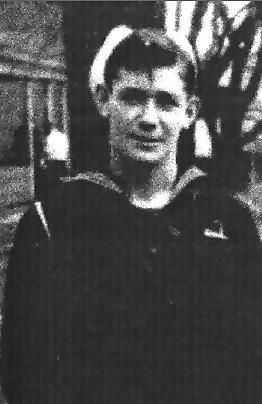
|
Despite an interval of 50 years the details of the night the USS Helena was sunk are engraved in my memory. As we were heading up the slot to Kula Gulf I clearly remember discussing the up coming action with a shipmate and commenting that a lot of sailors and ships on both sides would not live to see another dawn. As it turned out the Helena was one of the ships and I was almost one of the sailors.
My battle station was in the after diesel engine room located in the depths of the ship, well below the water line. It was my job to maintain the diesel engine that generated the electricity used by the guns and other equipment. The electricians mate with me was responsible for transferring the electrical power to where it was needed. We had been at our battle stations since shortly before midnight and would remain there until given permission to leave. No one knew when that might be.
During "general quarters" all the ship's hatches are closed, making each compartment water tight. In the event of an emergency, I could exit the diesel engine room through a circular opening in the hatch without opening the entire door. I could reach topside by climbing up a ladder in an escape shaft and going through a series of hatches.
Before going on watch I checked all the escape hatches to be sure nothing was blocking them. The last one was piled high with emergency repair equipment that would have jammed the circular escape wheel and prevented the hatch from opening. The men at that repair station assured me the equipment would be removed. Since I had not actually witnessed the removal of the material, I had reason to wonder later if the area had been cleared.
From my station I could communicate with the bridge through a telephone headset of developments topside. That communication line was a security blanket we depended on for our safety and what little peace of mind we had before and during a battle. |

